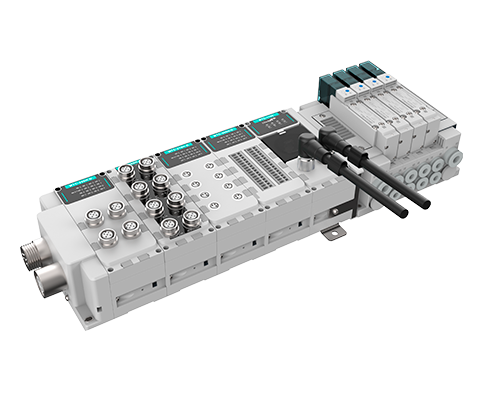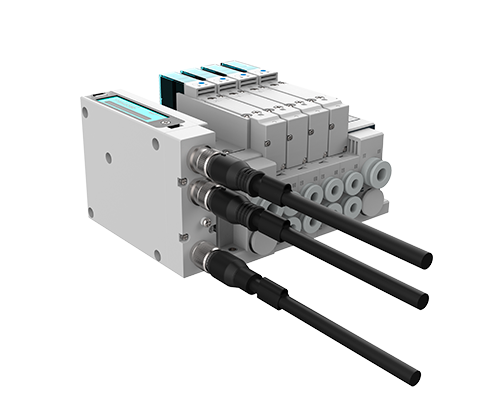Have you ever faced issues with your pneumatic systems—especially when it comes to valve terminals? It’s a common scenario. The statistics are staggering: over 60% of automated systems experience performance drops because of outdated valve terminal technology. Let’s dive deep into how a valve terminal can make or break your automation process.

Identifying Traditional Solution Flaws
Why do failures always occur during critical operations? The answer often lies with traditional valve terminals. These systems can be bulky, sluggish, and prone to leaks, leading to reduced operational efficiency. If you’re still relying on outdated models, you might be risking significant downtime and repair costs that could put your business behind in a competitive landscape. Isn’t it time to evaluate where your valve terminal technology stands?
Principles of Next-Gen Technologies
Look, it’s simpler than you think! New valve terminal technologies are revolutionizing the market. They utilize advanced modular designs and smart connectivity, allowing for real-time monitoring and quick adjustments. By embracing edge computing principles, these systems enhance processing speed and accuracy. So, what does this mean for you? It means you can achieve greater flexibility in operations and lower the total cost of ownership.
Quantified User Benefits
Did you know that users who upgrade their valve terminals report a 30% increase in efficiency? Not only that, but they also experience a significant reduction in unscheduled maintenance calls—by as much as 40%. This is your chance to redefine reliability and productivity in your automation systems. It’s clear that investing in modern valve terminal technology can lead to significant long-term gains for your business.
Actionable Evaluation Criteria
Always verify these 3 metrics when choosing solutions: ① Operational Efficiency ② Maintenance Requirements ③ Integration Capabilities. If these criteria don’t align with your needs, it might be time to reassess your current valve terminal setup. In a fast-moving industrial landscape, can you afford not to?

When discussing effective control systems, the solenoid valve island stands out. This pivotal device integrates multiple solenoid valves into a single unit, drastically reducing installation time and complexity. It streamlines pneumatic operations, providing a space-efficient solution that’s celebrated in many industries. Have you considered how a solenoid valve island can transform your automation process? The impact may be larger than anticipated, enhancing functionality while also simplifying maintenance.
Expanding on the valve island concept, a valve island operates as a naturally modular solution that integrates local I/O capabilities, enabling easy scaling of systems. Whether you are in manufacturing or processing, a valve island provides tremendous benefits such as reduced wiring complexity and improved signal integrity. This leads not just to direct cost savings but also enhances your system’s reliability and performance across various applications. Are you ready to join the transition towards streamlined automation?
In summary, understanding valve terminals and exploring solutions like the solenoid valve island and the innovative valve island can greatly enhance your operational efficiency and reliability. For those looking for top-notch manufacturing with supply advantages, we recommend checking out DECOWELL. With their expertise and advanced product offerings, you can position your operations for future success.
